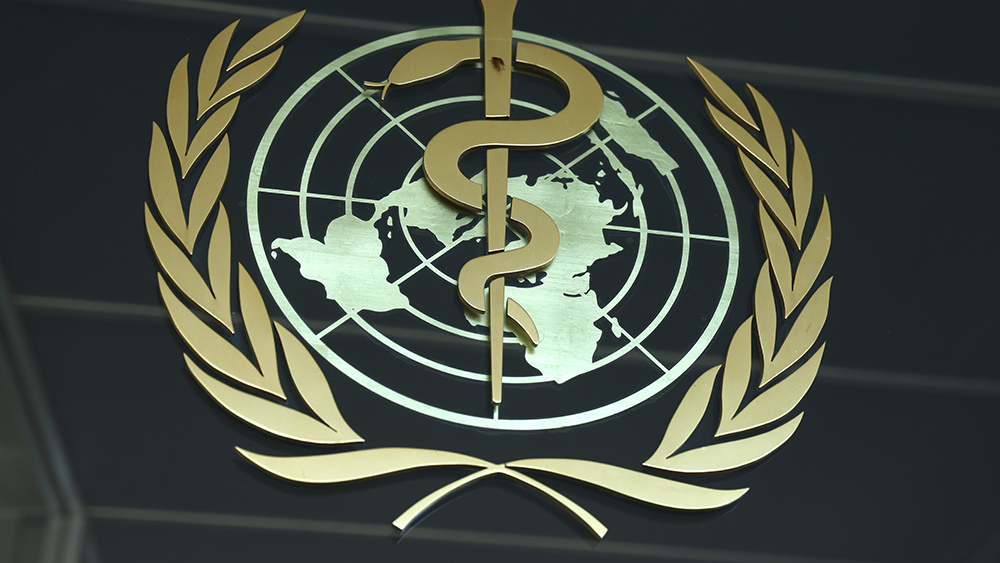
- A federally funded study has found that higher fluoride exposure is linked to lower IQ scores in children.
- The study found that fluoride exposure above 1.5 mg/L is linked to a 1.63-point IQ decrease.
- The review has sparked worries about fluoride exposure from multiple sources, particularly for pregnant women and young children.
- The scientific community remains divided, with calls for more rigorous research to clarify fluoride’s risks and benefits.
- The EPA faces pressure to strengthen fluoride regulations following a federal court ruling, highlighting the ongoing tension between public health benefits and potential risks.
A recent federally funded review of 74 medical studies has found a strong link between higher fluoride exposure and lower IQ scores in children.
The Jan. 6 study published in JAMA Pediatrics and conducted by researchers at the National Institute of Environmental Health Sciences (NIEHS), found that increased fluoride exposure – particularly at levels above 1.5 milligrams per liter (mg/L) – was associated with a small but measurable drop in children’s IQ scores. Specifically, a one mg/L increase in fluoride levels in urine was linked to a 1.63-point decrease in IQ.
However, the study's authors emphasized that the data was insufficient to draw conclusions about the effects of fluoride at the levels commonly found in U.S. drinking water, which are far lower (0.7 mg/L) and recommended by the Centers for Disease Control and Prevention. (Related: New Zealand court rules that even lower-level 0.7 mg/L fluoride in drinking water presents "unreasonable risk of injury to health or the environment.")
Concerns raised over reliability of study findings
Critics of the study point out that the majority of the research analyzed was conducted outside the United States, primarily in countries like China and India, where fluoride levels in groundwater are naturally much higher. Of the 74 studies reviewed, 52 were deemed to have a high risk of bias, raising questions about the reliability of the findings. Additionally, none of the studies were conducted in the U.S., where water fluoridation practices and exposure levels differ significantly.
Despite these limitations, the review has fueled concerns about the cumulative effects of fluoride exposure from multiple sources, including toothpaste, mouthwash, and certain foods and beverages. The National Institutes of Health acknowledged that while fluoridated water has been a cornerstone of public health for nearly 80 years, there is growing unease about the potential risks to neurodevelopment, particularly for pregnant women and young children.
The study’s publication in JAMA Pediatrics was accompanied by two editorials reflecting the deep divisions within the scientific community. One editorial called for a reassessment of fluoride’s risks, while the other criticized the study’s conclusions as premature and lacking transparency. This lack of consensus underscores the need for more rigorous, high-quality research to clarify the potential risks and benefits of fluoride exposure.
In the meantime, the Environmental Protection Agency (EPA) faces mounting pressure to address the issue. A recent federal court ruling, citing the NIEHS review, ordered the EPA to strengthen regulations on fluoride in drinking water. The agency has until late January to decide whether to appeal the decision.
Watch this video discussing where the fluoride in drinking water comes from.
This video is from the Exposing The Agenda channel on Brighteon.com.
More related stories:
Sources include:
Please contact us for more information.




















